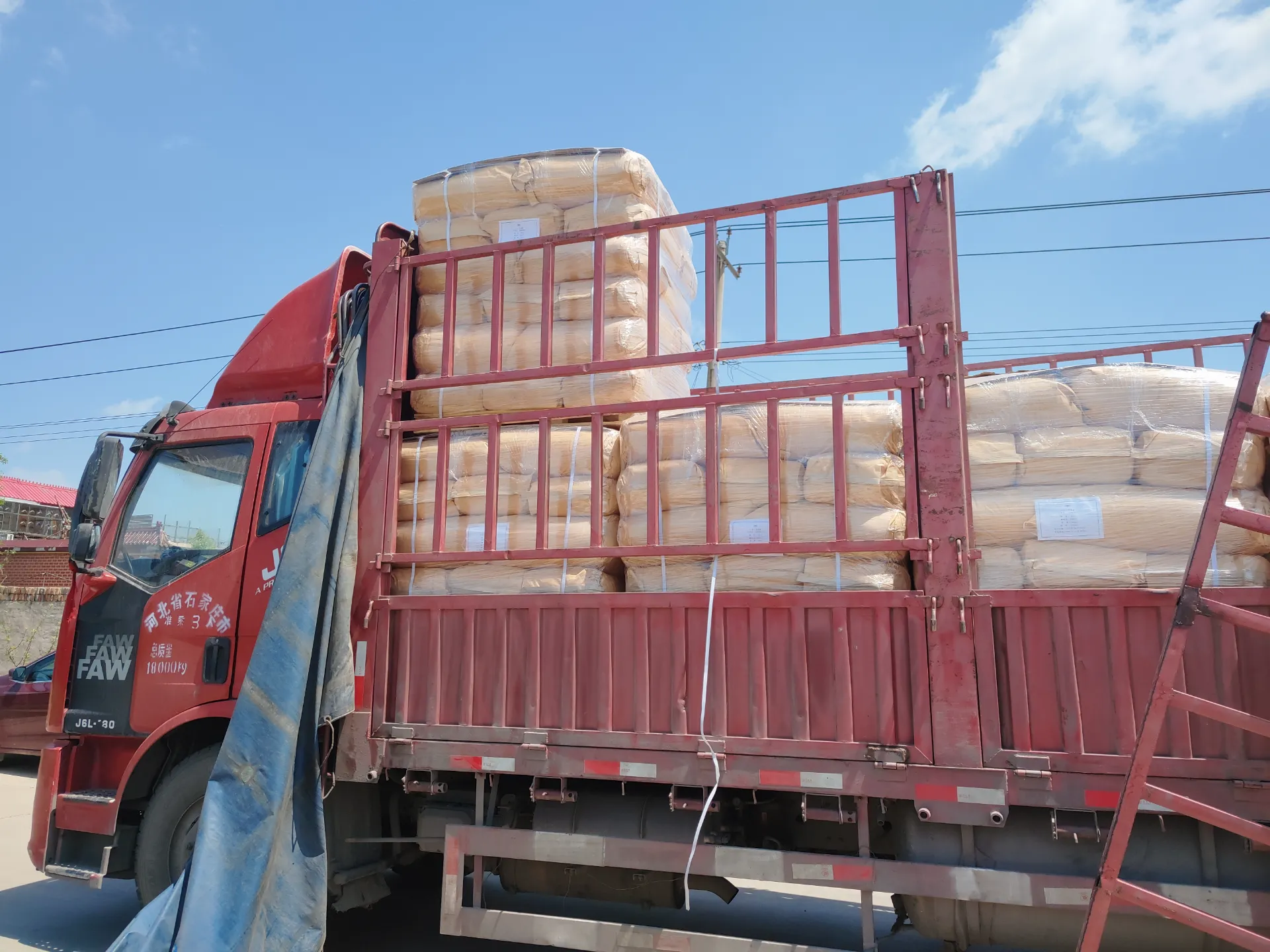1,3-Dimethylurea (CAS No. 96-31-1) is a versatile organic compound widely recognized for its role as a pharmaceutical intermediate. However, its applications extend beyond drug synthesis, particularly in polymer chemistry, where it serves as an effective crosslinking agent. As a pharmaceutical intermediates manufacturer explores its potential in medicinal chemistry, polymer scientists have discovered its utility in enhancing the mechanical and thermal properties of various polymeric materials.

Chemical Properties and Reactivity of 1,3-Dimethylurea
1,3-Dimethylurea is a derivative of urea where two hydrogen atoms on the nitrogen centers are replaced by methyl groups. This structural modification enhances its reactivity, making it an efficient crosslinker in polymer systems. The presence of the urea functional group (–NH–CO–NH–) allows it to participate in hydrogen bonding and covalent interactions, which are crucial for polymer network formation.
Due to its moderate polarity and solubility in both water and organic solvents, 1,3-dimethylurea can be easily incorporated into various polymerization processes. Its ability to react with formaldehyde and other aldehydes further expands its utility in thermosetting resins, where it contributes to improved crosslink density and material stability.
Mechanism of Crosslinking with 1,3-Dimethylurea in Polymer Systems
The use of 1,3-dimethylurea in crosslinking primarily involves its reaction with formaldehyde or other bifunctional compounds to form methylene bridges (–CH₂–) between polymer chains. This process is particularly significant in urea-formaldehyde (UF) resins, where 1,3-dimethylurea acts as a modifier to enhance flexibility and reduce brittleness.
When incorporated into a polymer matrix, 1,3-dimethylurea undergoes condensation reactions, leading to the formation of a three-dimensional network. This network structure improves the thermal stability, chemical resistance, and mechanical strength of the final product. Additionally, the presence of methyl groups in 1,3-dimethylurea reduces the hygroscopic nature of conventional urea-based resins, making them more suitable for applications requiring moisture resistance.
1,3-դիմեթիլուրա: Industrial Applications in Thermosetting Polymers
Given its crosslinking efficiency, 1,3-dimethylurea use is prominent in the production of thermosetting polymers such as adhesives, coatings, and molded plastics. In the wood industry, it is employed in the formulation of durable adhesives for plywood and particleboard, where its ability to form stable crosslinks ensures long-term structural integrity.
Moreover, in the automotive and aerospace sectors, 1,3-dimethylurea-modified resins are used in composite materials that require high thermal stability and mechanical endurance. The crosslinked polymers exhibit enhanced resistance to deformation under stress, making them ideal for high-performance applications.
1,3-դիմեթիլուրա: Role in Enhancing Biocompatible Polymers
Beyond traditional industrial uses, 1,3-dimethylurea (CAS No. 96-31-1) has found applications in biomedical polymers. Due to its biocompatibility and ability to form stable networks, it is used in drug delivery systems and biodegradable scaffolds for tissue engineering. When crosslinked with hydrophilic polymers, it helps in controlling the release rate of pharmaceutical agents, demonstrating its dual role as a pharmaceutical intermediate and a polymer modifier.
1,3-դիմեթիլուրա: Environmental and Safety Considerations
While 1,3-dimethylurea offers numerous advantages in polymer chemistry, its handling requires careful consideration. As with many crosslinking agents, proper ventilation and protective equipment are necessary to minimize exposure. Regulatory guidelines ensure that its use in industrial and pharmaceutical applications complies with safety standards, reinforcing its sustainable adoption in polymer science.
The crosslinking application of 1,3-dimethylurea (CAS No. 96-31-1) highlights its significance beyond its role as a pharmaceutical intermediate. Its ability to enhance polymer properties through efficient network formation makes it invaluable in industries ranging from construction to biomedical engineering. As research progresses, further innovations in 1,3-dimethylurea use will likely expand its utility, solidifying its position as a key component in advanced material science.
By leveraging the expertise of pharmaceutical intermediates manufacturers and polymer chemists, the full potential of 1,3-dimethylurea can be unlocked, paving the way for next-generation polymeric materials with superior performance and functionality.

